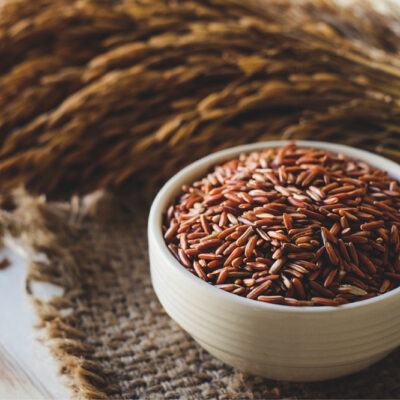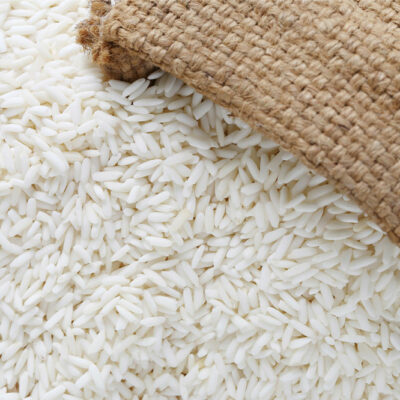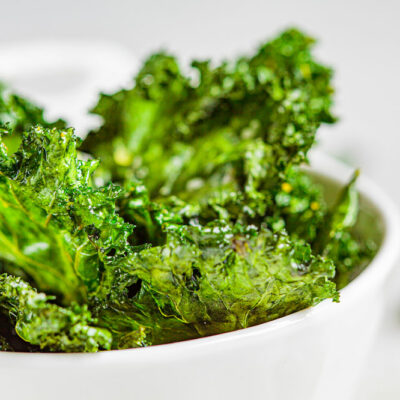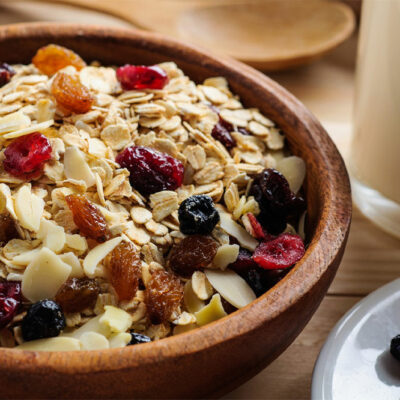
health
Foods to avoid when managing ulcerative colitis
Ulcerative Colitis (UC) is a type of inflammatory bowel disease (IBD) that affects the colon and the rectum. Some common symptoms include sores in the colon, abdominal pain, blood or pus in the stool, diarrhea, nausea, rectal bleeding, and fatigue. The condition could result from various factors such as dysregulated immune responses, genetic predisposition, microbial dysbiosis, epithelial barrier defects, and environmental factors. Common foods that can trigger UC flares are: Foods rich in insoluble fibers People with UC generally find it difficult to digest foods that contain a lot of insoluble fibers. This includes whole grains like wheat, brown rice, quinoa, oats, barley, and millets, and nuts and seeds like walnuts, hazelnuts, cashews, almonds, peanuts, pistachios, flaxseeds, pine nuts, sunflower seeds, and pumpkin seeds. Other foods rich in fiber are legumes such as beans, lentils, and peas. During a flare-up, raw fruits and vegetables may also worsen symptoms among people with UC. Dairy products Lactose intolerance is a common problem among people with UC. Lactose is a sugar found in most dairy products, such as milk, butter, yogurt, cheese, and ice cream, among others. Sugar Sugary foods such as candies and sweetened beverages also worsen UC symptoms. Consuming too much sugar regularly can make one more susceptible to flares, even during periods of remission.




















